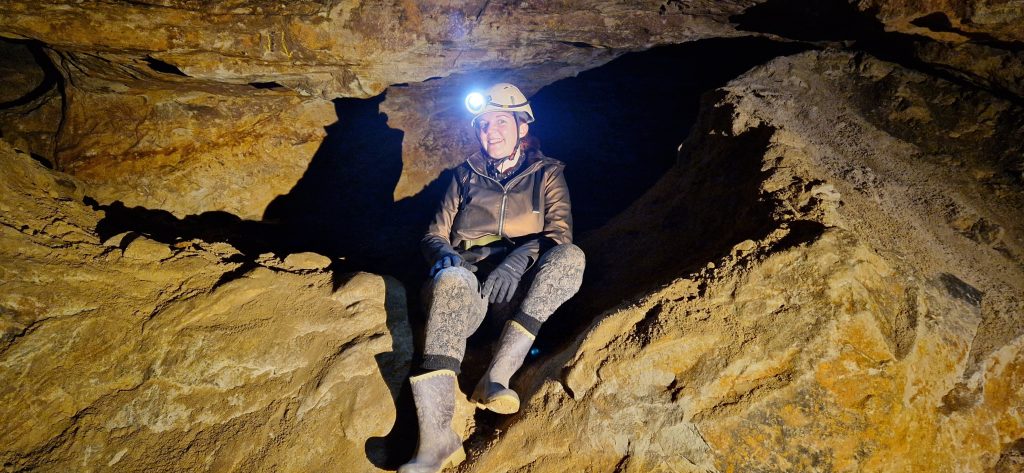
Do you believe in ghosts?
A blog about ghost stories, haunted places & my new ghost pendant. Explore spooky legends, eerie history & tales of the unexplained.
It’s no secret that I adore copper! If you’ve met me at a market, you’ll hear me wax lyrical about its beauty and benefits. If you’ve read my blogs, you’ll know I go down copper mines for fun!

Bright copper is beautiful — but darkened, burnished copper? That’s where the stories live.
This post explores the deliberate darkening and ageing of copper to create moody, one-of-a-kind finishes. Think of it as controlled corrosion — or with my archaeology hat on – a kind of wearable relic-making.
I’ll go into the chemical process in a simple way, then tell you why I love the effect: how it softens the gleam, deepens the tone, and makes each piece look like it’s been somewhere.
Like me, copper doesn’t like to stay still. It’s a restless metal. Restless like I felt recently in this Summer heat. When it leaves my hands, it doesn’t stop changing. And that’s one of the reasons I love working with it.

Sometimes I let it shine like with my tiny copper skulls on my Memento Mori Skull Rings. But more often than not, I darken it—on purpose. I speed up the natural process. A way of bringing out the character that’s already hidden in the surface.
That’s the alchemy of oxidising copper.
Oxidising is what happens when copper reacts to its surroundings. Over time, air, moisture, oils from your skin—they all leave their mark. Oxygen causes the metal to naturally dull and deepens but not in a bad way. Sometimes it even changes into strange colours—greys, greens, even blues if the conditions are right. The green/blue is an echo of the malachite (green) and azurite (blue) crystals from the original ore coming through. Read my blog here for more about that.
In the workshop, I use a liquid called patina that creates dark, moody tones that sit beautifully in recessed textures. Like my chunky hammered copper rings. Check out how I apply patina to them in the video below.
Every time I use it the metal is given a slightly different finish, and no two pieces ever look the same. I like that. It’s a reminder that even in controlled processes, metal has a mind of its own. It makes it feel like it’s alive!

Most of my pieces are already touched by fire—torchwork is how I fuse, shape, and texture the metal. But it’s also how I coax it into softness before oxidising. This is called annealing and makes the metal easier to mould and shape to my will.
The heat can also bring out blushes and shadows of colour in the copper, and those marks often become the starting point for patination.
I rarely polish everything back to its full shine as I like to leave the history visible—the darkened folds, the surface textures that catch light without being too harsh.
Oxidising doesn’t cover these things up. It deepens and highlights (or should that be lowlights?!) them.
There’s a place for high-polish copper—it’s beautiful in its own way. I love it when my Memento Mori ring copper skulls pop with shine. In a lot of my pieces however, oxidised finishes feel truer to the story I want my work to tell. The pieces feel lived-in, grounded, elemental.
When I oxidise a piece, I’m not hiding any flaws if anything I’m highlighting (again, should that be lowlighting?!) them. Letting the texture speak. Letting contrast carry the mood. Light against shadow. It’s a dark kind of beauty.
Oxidised copper has that same quality as old books—like it’s come from somewhere. Like it’s carrying something. Even though often the piece is brand new it feels time worn in some way.
That sense of time, texture and quiet power shows up in a lot of my pieces—from the scorched copper lightning bolts in Dead West, to the textured Cactus necklaces and my ever-popular hammered copper rings.
Even the smaller details—oxidised chains, shadowed skull eyes—add depth. A little drama. A sense of worn-in magic.
One of the most beautiful things about copper is that it keeps evolving. Even once it leaves my studio, it keeps reacting—to your skin, your environment, even how often you wear it.
Some people bring it back to brightness. Some let it darken, deepen, go a little green around the edges. Some do both, over and over. It’s up to you!
However you wear it, it becomes yours. That’s not a flaw—that’s a feature. It’s a piece that tells your story too.
Oxidising copper isn’t just technique—it’s a way of working that leans into any perceived imperfection and lets things be what they are.
And sometimes, beauty isn’t in the shine—it’s in the shadow.

Author

A blog about ghost stories, haunted places & my new ghost pendant. Explore spooky legends, eerie history & tales of the unexplained.

There’s more to pumpkins than lattes and doorstep grins. Read this blog to find out more these tiny talismans of harvest, hearth and Halloween.

Summer jewellery care tips for silver, copper & oxidised finishes. Keep your alternative jewellery bold, beautiful & holiday-proof with these simple, soulful tricks.

I’ve been fascinated with the ‘Wild West’ for decades and wanted to do a jewellery collection inspired by the era. This blog explains why.

